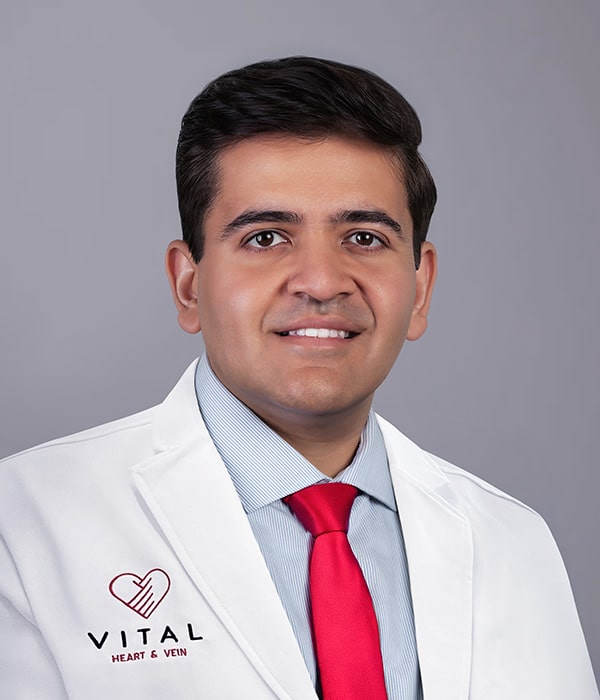Ambulatory Phlebectomy
What Is Ambulatory Phlebectomy?
Ambulatory phlebectomy is a technique to remove superficial veins through small, slit-like incisions in the skin. The procedure is used to treat varicose veins.
Description
The procedure involves the removal of the varicose veins through multiple small incisions in the skin overlying the varicose veins.
First, the doctor will identify the veins to be treated. This help ensures precise removal and preserves the health of surrounding veins and tissue. Tiny incisions will be made in the targeted areas, and a surgical hook will be inserted to extract the damaged veins section by section.
The procedure takes about 45 to 60 minutes, and patients generally do not experience any discomfort during the procedure.
Risks
What Are the Possible Risks of the Procedure?
- Temporary bruising and swelling
- Inflammation caused by small segments of vein that remain in the leg
- Hyperpigmentation – darkening of the skin
After the Procedure
What to Expect After the Procedure
Immediately following the procedure, patients will be able to walk and carry on normal daily activities. In fact, patients are generally encouraged to stay active after the procedure but avoid vigorous activity (heavy lifting, etc.).
Temporary bruising and swelling in the treatment area is normal. As long as graduated compression stockings are worn, pain is generally minimal.
In addition, you should avoid the following for 1 week after treatment:
- Hot baths
- Whirlpools or saunas
- Showers are permitted
- Any vigorous aerobic activity or heavy lifting

